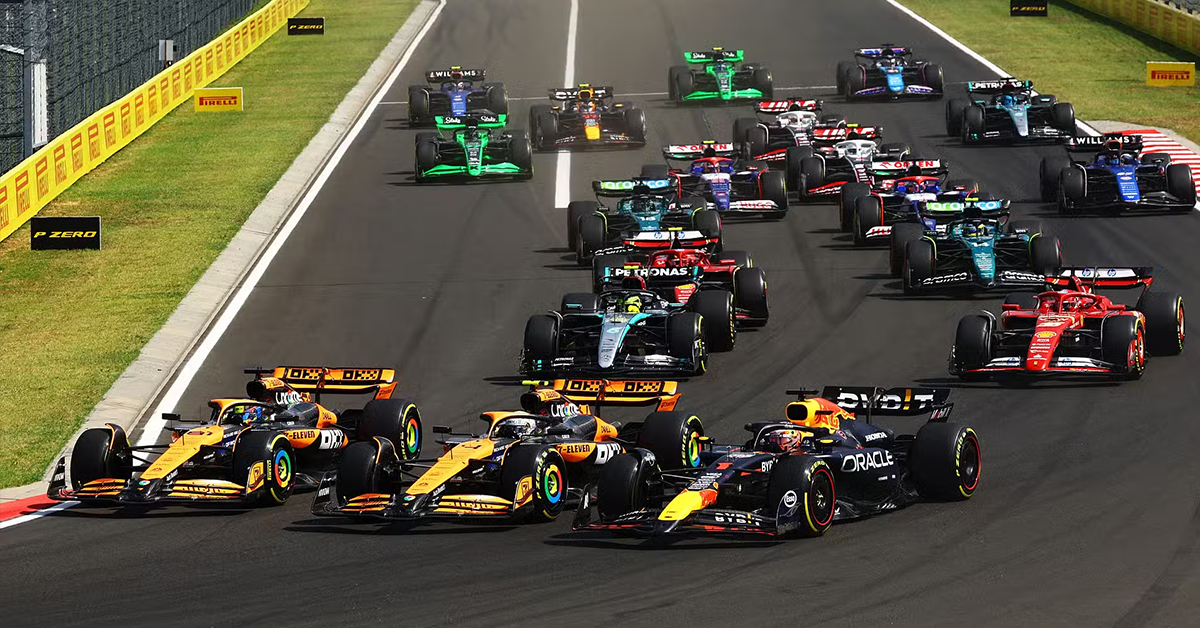I’ve always been captivated by the electrifying world of Formula 1, where the adrenaline of sheer speed meets the pulse of cutting-edge technology. This thrilling spectacle, which has a global fan base, is not just about drivers showcasing their skills on the racetrack. It’s a high-stakes arena for innovation, precision, and relentless engineering, where technology, data, and IoT (Internet of Things) work tirelessly behind the scenes. These unsung heroes of F1 significantly contribute to the magic we witness on race day, from real-time performance optimization to predictive strategies that can alter the course of an entire season.
One of the most exciting aspects of Formula 1 is how technology and data intersect to optimize car performance down to the smallest detail. Each car is a rolling data centre equipped with hundreds of sensors collecting information in real time. These sensors measure everything from tyre temperature and brake pressure to aerodynamic flow, transmitting this information to the engineers and mechanics standing by in the pit and back at their remote control centres. This real-time data enables teams to make lightning-fast adjustments during the race, helping preempt any potential issues and ensuring the car runs efficiently.
IoT devices enhance the team’s decision-making ability by providing an uninterrupted data flow from the car. These insights help strategists decide on crucial moves, such as the optimal moment for a pit stop or choosing the suitable tyre compound for changing weather conditions. Whether adjusting fuel consumption rates or timing a pit stop to avoid losing track position, this constant communication between the car and pit crew plays a pivotal role in securing every possible advantage. But Formula 1 is not just about the cars. Technology also plays a crucial role in enhancing driver performance. By analyzing telemetry data, engineers provide drivers with targeted feedback on their braking points, throttle control, and cornering speed, enabling them to continuously improve. This feedback can make a world of difference, as F1 is often decided by milliseconds. Data-driven insights can highlight areas where a driver could be quicker or more efficient, translating into crucial gains on the racetrack.
Reliability is another cornerstone of success in Formula 1. The sport demands that each car be fast and robust enough to endure the gruelling conditions of a race. Predictive maintenance, powered by IoT and data analytics, is crucial in maintaining this reliability. By monitoring the health of the car’s components and predicting when something is likely to fail, teams can preempt issues, avoid costly mechanical failures, and keep the cars in top form throughout a race weekend.
In a nutshell, technology, data, and IoT are indispensable to the success of F1 teams. They bring precision to every aspect of the race, enabling engineers, strategists, and drivers to respond dynamically to the ever-changing environment of an F1 track. This seamless fusion of speed and cutting-edge technology pushes the boundaries of what’s possible, keeping Formula 1 at the forefront of innovation and performance in motorsport.
As the 2024 season unfolds, I’m excited to see how these advancements shape the outcome. So, who do you think will come out on top in the 2024 Driver and Constructors’ Championships? It’s anyone’s game when technology, data, and raw talent converge at over 300 km/h.
I would love to hear from you on your thoughts on this blog please write to me at https://www.linkedin.com/in/vijayverghis/
